AVM explains VoIP
AVM Content
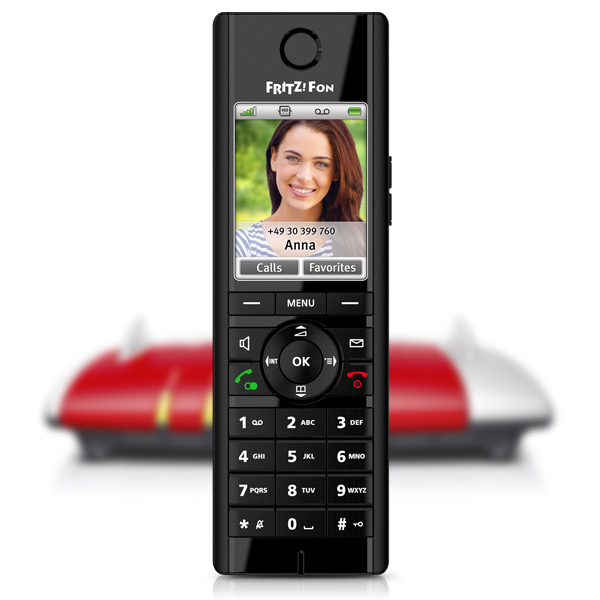
Most telephone calls are made over the internet. The technology that makes this possible is called Voice over IP (VoIP). This involves speech being transmitted via Internet Protocol during a phone call. How is this done and what are the advantages of VoIP?
The long path to IP telephony
By the end of the '90s, when surfing with a 56k modem was the peak of technological progress for the public, parallel surfing and calling over a fixed line was impossible – it had to be either or.
Although it became possible to surf and make calls at the same time when ISDN was introduced in 1995, only with the start of the DSL era did the feature become a firmly established standard.
Today, the term VoIP is used mainly to describe landline telephony over the internet connection. Technically speaking, however, the term covers all bidirectional voice communication over the internet, including the call functions of Skype and the like. The fact that the number of landline calls made over the internet continues to rise is a logical consequence of the expansion of broadband access and the consequent transition to all IP-based connections.
What are the advantages of VoIP?
Little by little, the major service providers are converting their phone services to internet telephony. Deutsche Telekom, for example, wants its customers to make calls only via VoIP by 2018, at which time it will deactivate all analog and ISDN connections. From the customer's perspective it could be argued that so much effort for the identical result (= normal calls over the landline) is unnecessary. However, Voice over IP offers some interesting perks:
|
HD telephony: |
Since voice transmission via the internet works much better and faster, you'll benefit from a greatly improved acoustic quality with VoIP. This is called high-definition telephony. |
|
Parallel calls: |
If you have registered more than one phone with your FRITZ!Box (for example, up to six FRITZ!Fons via DECT), up to five calls can be conducted at the same time. Consult your provider whether this is included in your telephony package. |
|
Multiple numbers: |
This is another feature that was long available only to ISDN users. With VoIP you can use more than one phone number on your connection. Your contract information states how many numbers are available to you. The FRITZ!Box supports up to 20 phone numbers for VoIP. |
|
Smartphone via landline: |
If you include your smartphones in the home network via WiFi, it can be used to conduct landline calls as well (using the FRITZ!App Fon, for example). |
|
Less cabling: |
Since there's only one line to use, less cabling is needed. You won't need the gray splitter anymore; instead you can connect the cable directly from the socket on the wall to the FRITZ!Box. |
As you can see, VoIP offers plenty opportunities for telephony. This is also a sensible move for providers, since it entails less administration and lower costs to have the internet and telephony work with the same infrastructure. By the way, even analog connections without internet access will be shifted to VoIP. However, this will take place not on the customer's end, but at a corresponding distribution point. So next time Grandma calls, she may already be using the internet without knowing it.

How does IP telephony work?
Simply speaking: the speech in a phone call is digitalized by transforming the acoustic signals into data packages, and then these packages are forwarded to the world wide web. Upon their arrival at the receiver's end, the data packages are identified by the receiving system and allocated to the user. Finally, the speech is transformed back into an analog signal for playback through the telephone, so the person on the receiving end can understand the spoken words. In every other aspect, phone calls follow the same procedure as before when a separate line was used for an analog call: voice transmission, connection and disconnection.
To avoid delays between these phases, IP telephony usually uses the Session Initiation Protocol (SIP) – as do the FRITZ!Boxes. This protocol serves as the frame for ongoing communication: When you want to call someone, SIP ensures that both (or more) callers are brought together at the same time and place. The actual data transmission is handled either by other independent protocols or by those implemented within SIP (such as SDP). Each of them performs a different task and works with the others to provide for a successful call.

On the safe side with FRITZ!Box
No matter whether you're still using an analog landline, ISDN or have been using VoIP for a long time: FRITZ!Box is the right choice or you. All current models with a telephone system support IP telephony, so you can benefit from convenience features such as an integrated answering machine, call diversions and blocks, fax function with email forwarding and more. Also, you'll receive regular free updates with new features and security improvements, plus you can manage various telephone books on the web interface and configure your own ring tones.
Voice over IP is already established as a better and cheaper alternative to classic landline telephony. Yet, since the shape of architecture for this type of handling is completely different from the previous standard of analog telephony, the conversion of all connections will take some time. The good news is that you're perfectly prepared for the transition with a FRITZ!Box.


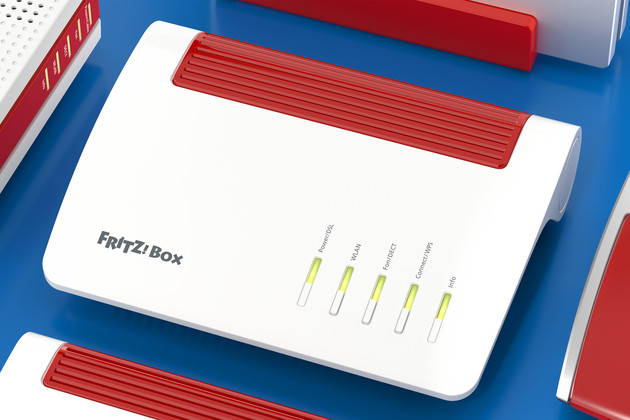
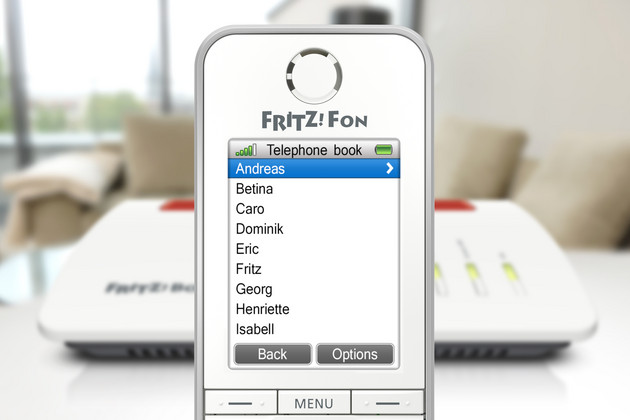

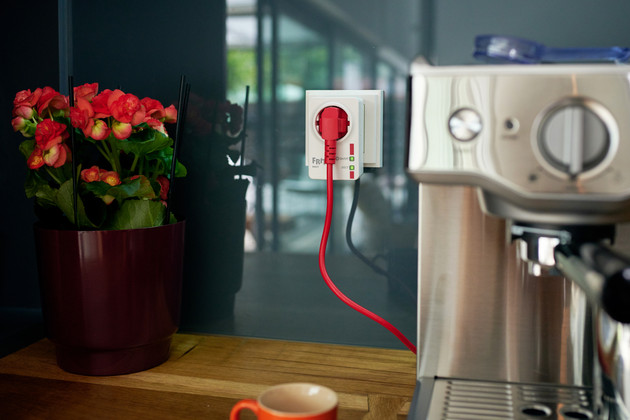



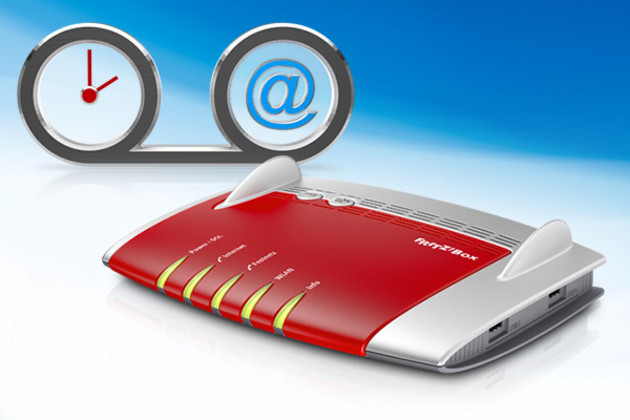
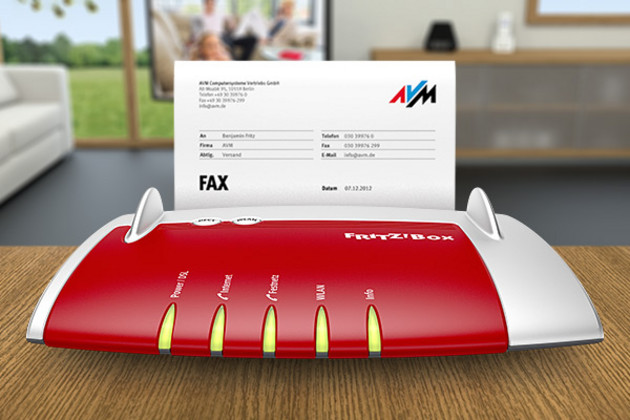
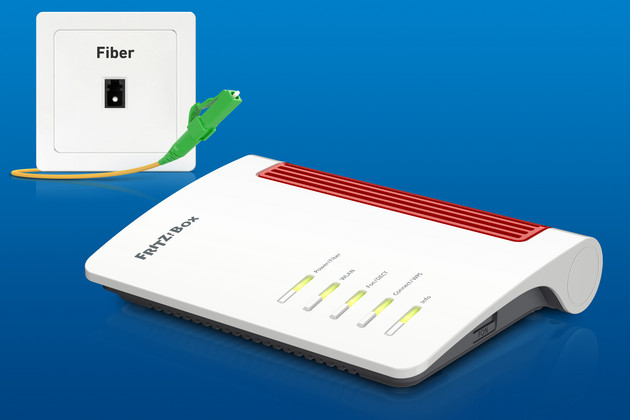
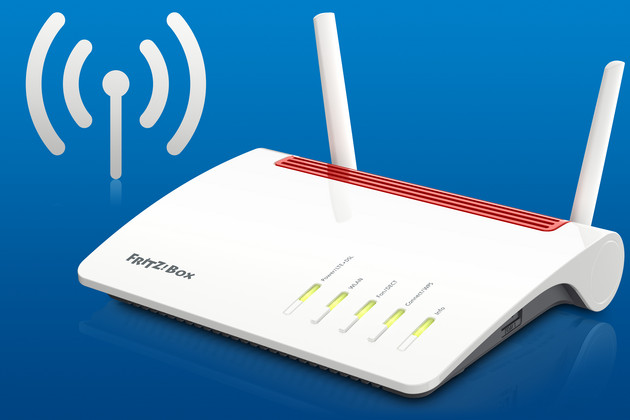

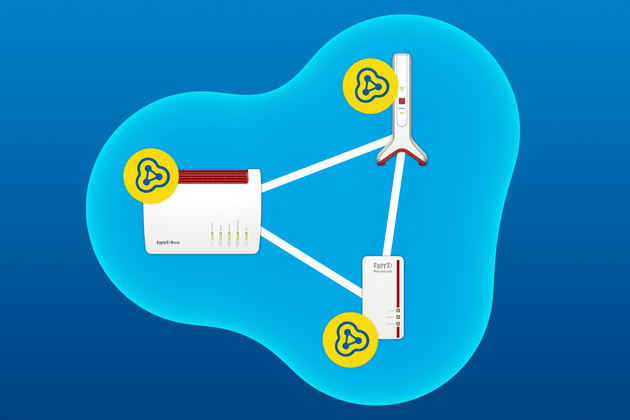
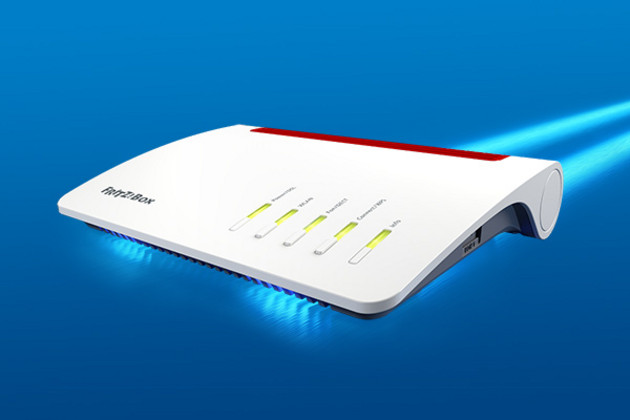
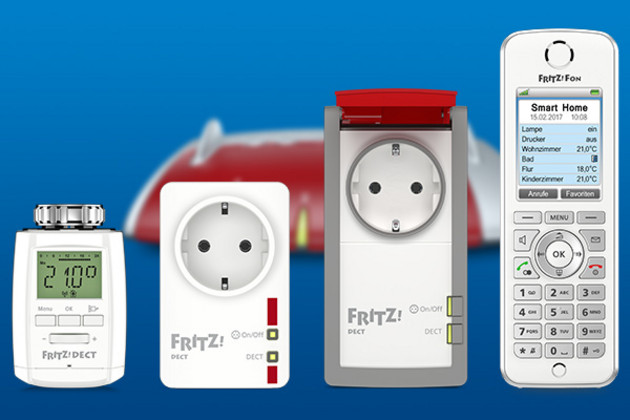

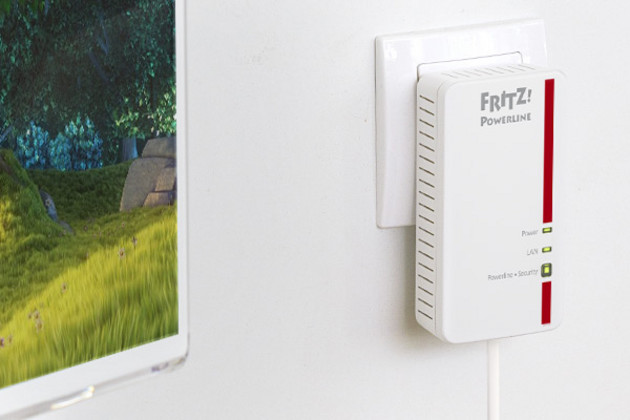
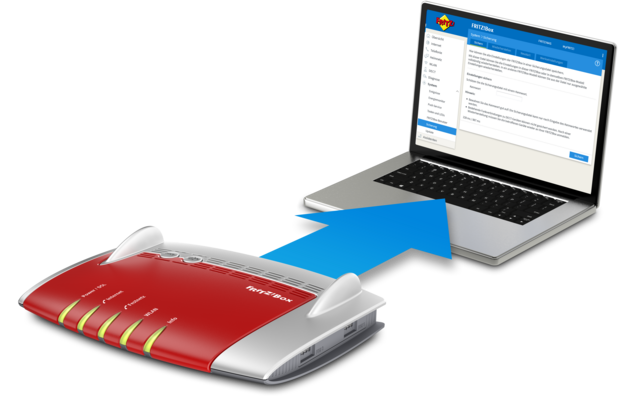
 Deutschland
Deutschland International (English)
International (English) België (Nederlands)
België (Nederlands) Luxemburg (Deutsch)
Luxemburg (Deutsch)